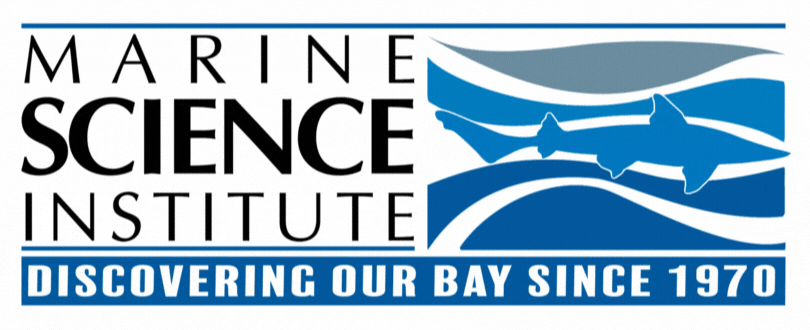Science in Pajamas: Ocean Waves in a Jar!
- Marine Science Institute
- Jun 10, 2022
- 2 min read

Want to learn more about the nature of the ocean and how it works? Try this fun and easy science project at home with household materials! Check out our other blog posts to learn more about the ocean!
Why does the ocean have waves? What causes them?
According to the National Ocean Service, “Waves are created by energy passing through water, causing it to move in a circular motion.” Waves transmit energy, and longer waves travel faster than shorter waves. Most frequently, waves form due to wind. These waves are referred to as wind-driven waves or surface waves. Passing over the surface of the water, wind-driven waves occur through friction, pressure, and gravity. The water does not actually move as waves crest; instead, the waves move through the water. Another type of waves, tides, develop through gravitational forces of the sun, moon, and earth, with the moon being the most influential. Lastly, the largest type of wave, a tsunami, is caused by geological disturbances such as earthquakes, landslides, and volcanic eruptions.

You will need:
An empty mason jar or plastic bottle
Water
Vegetable or oil or baby oil
Blue food coloring
Ocean-themed trinkets (optional)

Directions:
Step 1: Ensure the jar/bottle is completely clean and empty.
Step 2: Fill jar/bottle with ocean-themed trinkets if desired. You can glue them onto the lid or allow them to move around with the waves.
Step 3: Fill the jar/bottle ½ way full of water.
Step 4: Add desired amount of food coloring.
Step 5: Fill the rest of the jar/bottle full of oil.
Step 5: Screw lid/cap on tightly.
Step 6: Flip the jar/bottle on its side, so the oil and water can separate.
Step 7: Have fun moving the jar/bottle side to side to create some waves!
Resources:
Ocean Science Activities For Preschoolers and Beyond | Little Bins for Little Hands says: (2022, April 18). Ocean waves in a Bottle. Little Bins for Little Hands. Retrieved June 3, 2022, from https://littlebinsforlittlehands.com/ocean-waves/
US Department of Commerce, N. O. and A. A. (2013, June 1). Why does the ocean have waves? NOAA's National Ocean Service. Retrieved June 3, 2022, from https://oceanservice.noaa.gov/facts/wavesinocean.html#:~:text=Waves%20are%20most%20commonly%20caused,disturbance%20creates%20a%20wave%20crest
Wave in a bottle experiment. (n.d.). Retrieved June 3, 2022, from https://www.kidspot.com.au/things-to-do/activity-articles/wave-in-a-bottle-experiment/news-story/24a29605002a9e0dd59eabcc5780d3b4
YouTube. (2019, November 18). How do ocean waves work? YouTube. Retrieved June 3, 2022, from https://www.youtube.com/watch?v=_LRc6k-clzE






